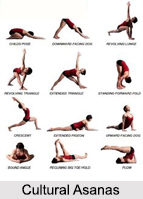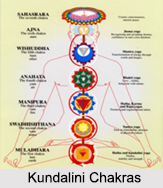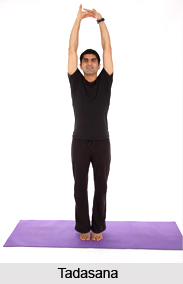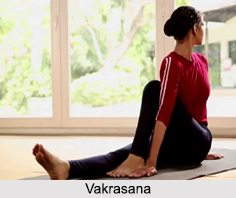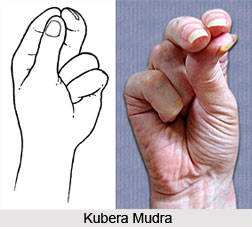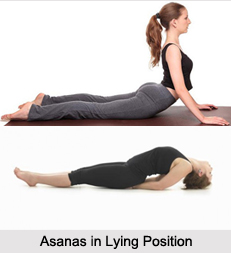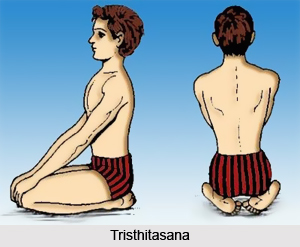 Tristhitasana is a recent variation of Vajrasana practiced by South Indian Hatha Yogis in the Kadri monastery. It was first observed by Shri Yogendra, a prominent Yoga exponent. The Tristhitasana combines the benefits of both a crossed legged and folded leg meditative asana, thus exercising the flexors, the lower back muscles, the knee joints, and the ankle plantar flexors.
Tristhitasana is a recent variation of Vajrasana practiced by South Indian Hatha Yogis in the Kadri monastery. It was first observed by Shri Yogendra, a prominent Yoga exponent. The Tristhitasana combines the benefits of both a crossed legged and folded leg meditative asana, thus exercising the flexors, the lower back muscles, the knee joints, and the ankle plantar flexors.
Meaning of Tristhitasana
Tristhi or Trishati means thrice-fixed in Sanskrit, and the yoga asana is presumably named so because of the three points of contact with the ground: two knees and an ankle.
Yoga Texts and the Tristhitasana
Tristhitasana has few references in canonical Yoga texts, although its similarity to the Vajrasana indicates that there were poses that approximated Tristhitasana before it became known as such. The Vajrasana, meaning the thunderbolt or adamantine pose is a highly regarded pose in the Yogic canon, mentioned in major texts like the Hatha Yoga Pradipika and the Gheranda Samhita.
Steps of Tristhitasana
It is advisable to begin the practice of Tristhitasana under some yoga expert. The steps of this asana are as follows:
•First, fold one leg under the thigh and place the ankle horizontally under the buttocks.
•Steadily, place all the body weight upon the ankle.
•Then the person has to fold the other leg and place the knee on the ground and the ankle on the opposite groin with the sole of the foot turned upward.
•Next, the person has to arrange the hands on the respective knees and hold the body erect.
Benefits of Tristhitasana
Its similarity with Vajrasana ensures all the health benefits that Vajrasana provides. Some of the advantages are as follows:
•Tristhistasana combines the benefits of both the cross legged and folded leg varieties of meditative asanas.
•This asana helps to control blood pressure.
•It also ensures control in the waist downward blood flow.
•It strengthens thigh and calf muscles.
•It improves concentration and meditation.
Precautions about Trsthitasana
Novice Yogis must attempt this pose with gradual trials, especially since the ankle and both knees are in contact with the ground, potentially creating great strain. Those with piles should not practice this asana.

